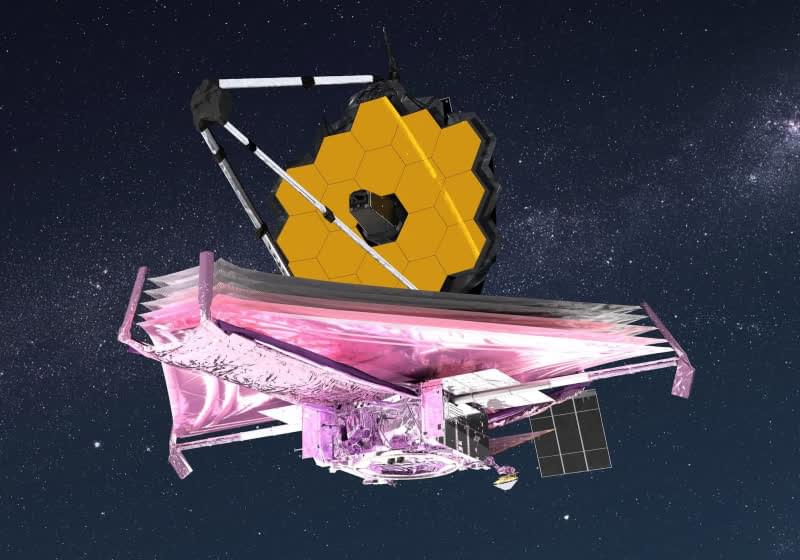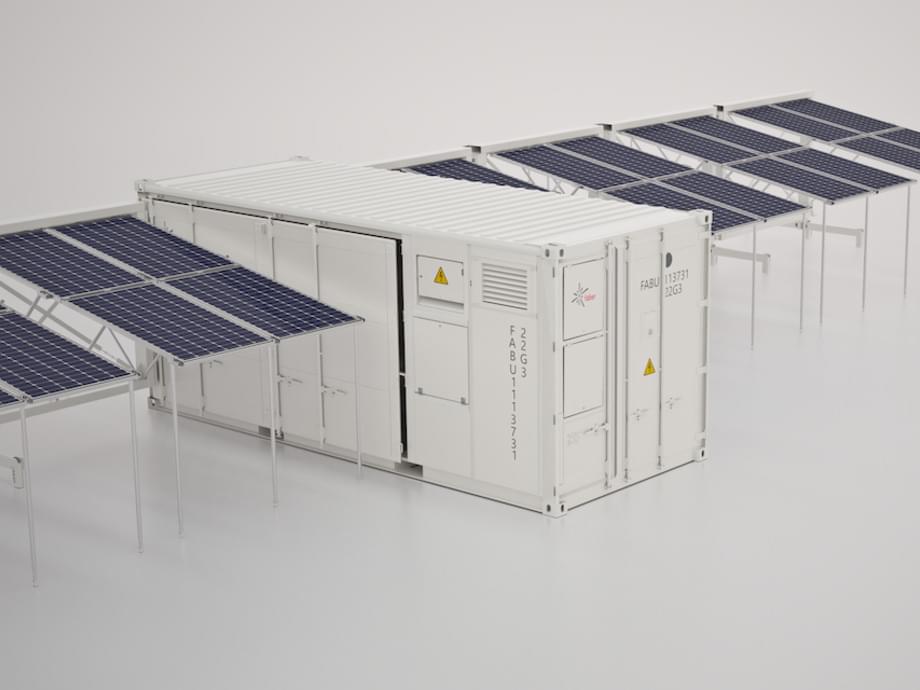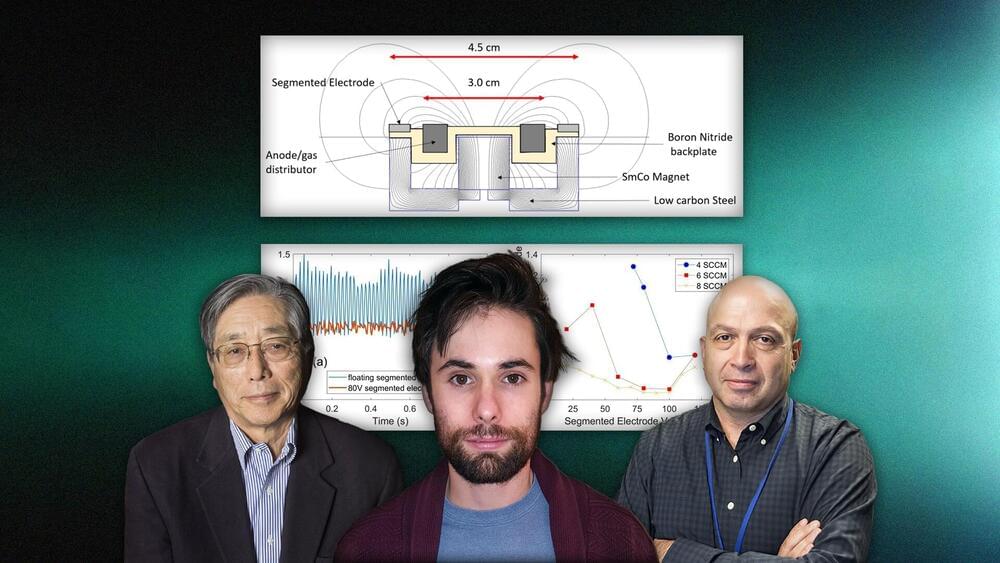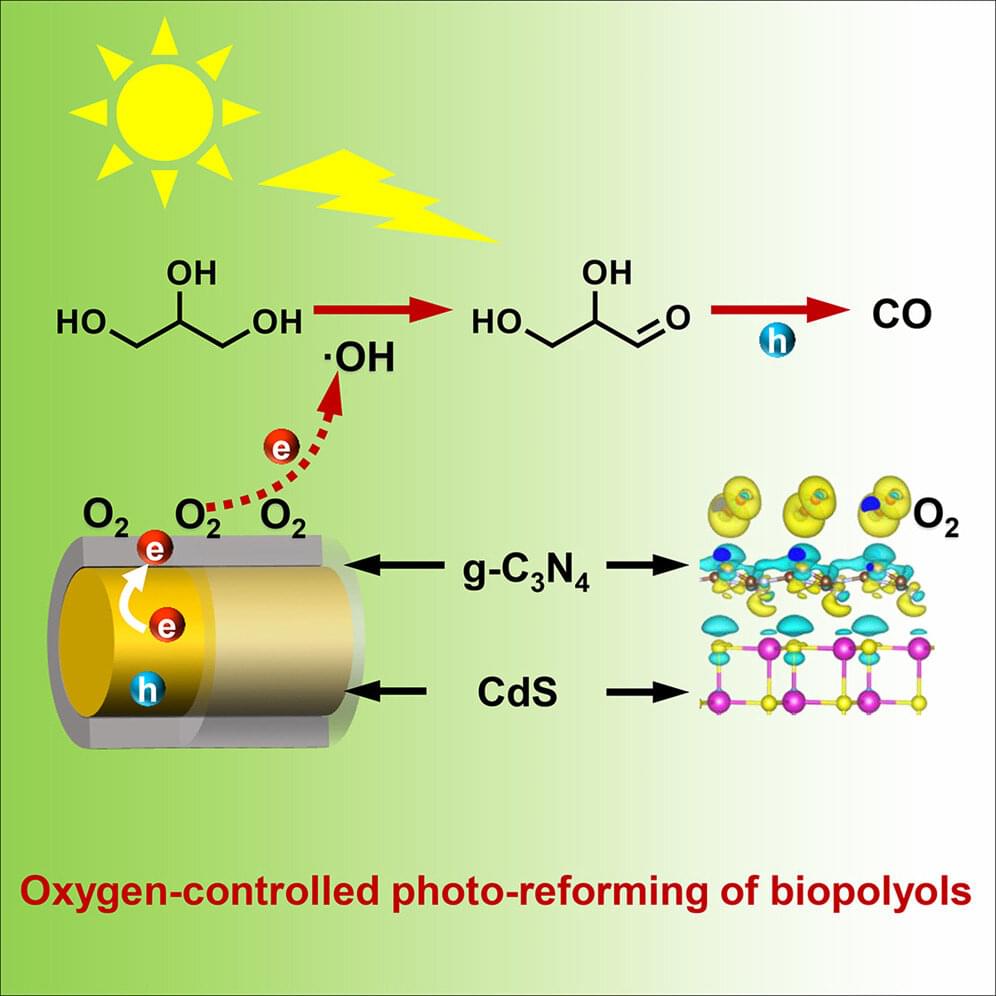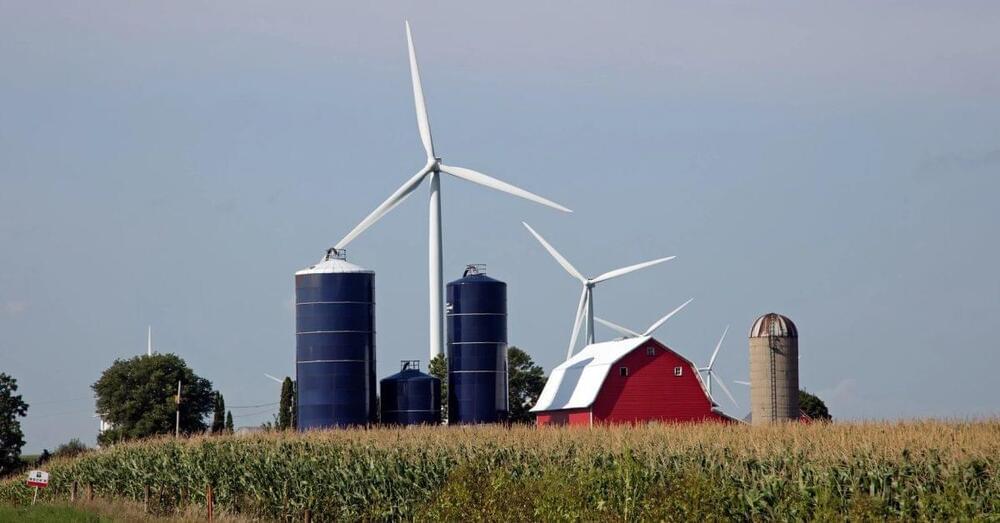The observatory should now have enough propellant to support science operations well past its 10-year science lifetime. The space agency said the precision of the Arianespace Ariane 5 launch resulted in less propellant being used than anticipated. A smooth mid-course correction maneuver after launch, which added approximately 45 mph to the craft’s speed, also helped conserve fuel.
A second correction burn occurred on December 27, speeding up Webb by 6.3 mph.
NASA said that from this point on, all scheduled deployments on Webb will be controlled by humans. This means their deployment, or even their order, could change. Webb at this point is a little over a day into a six-day process to unfold its sunshield.
